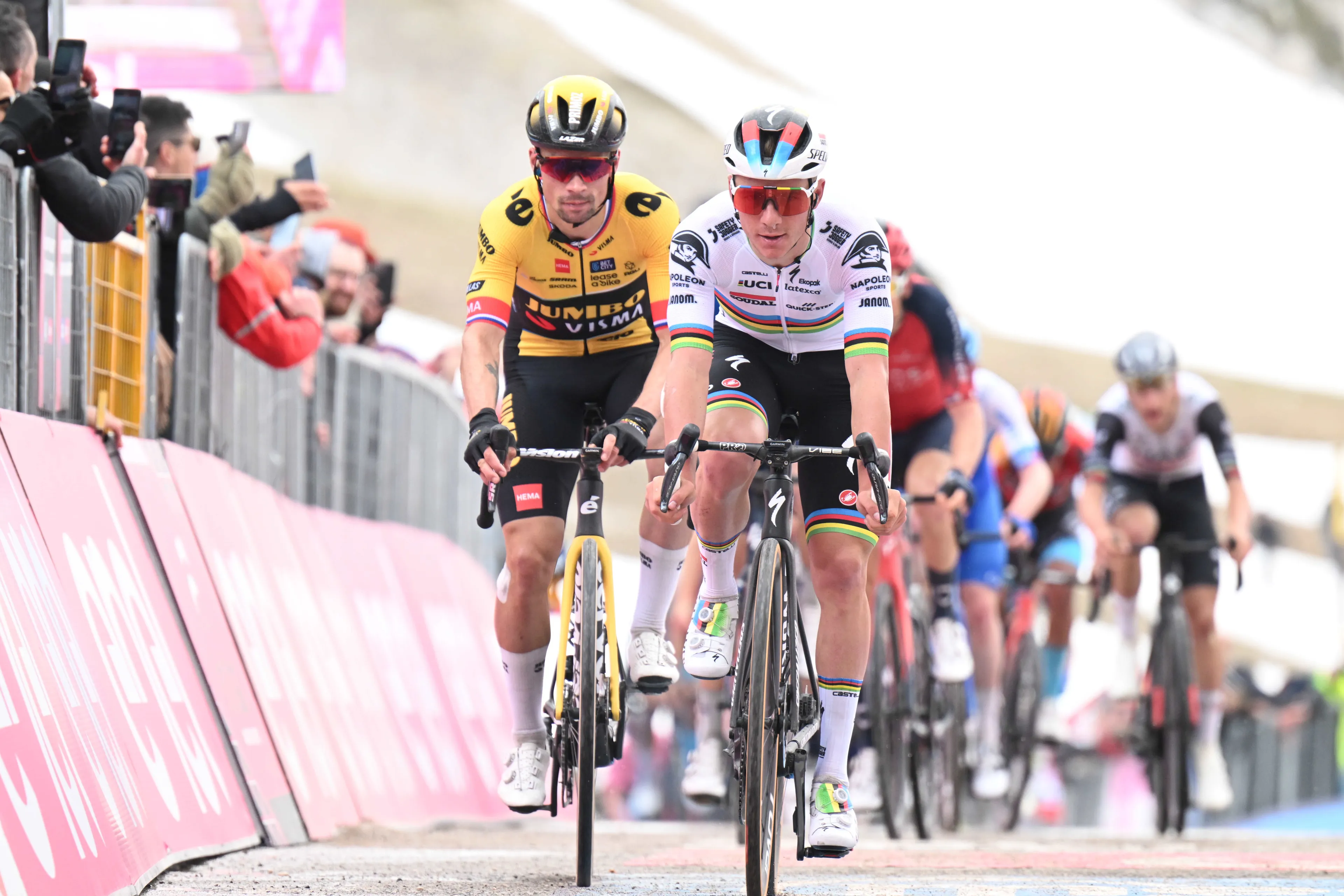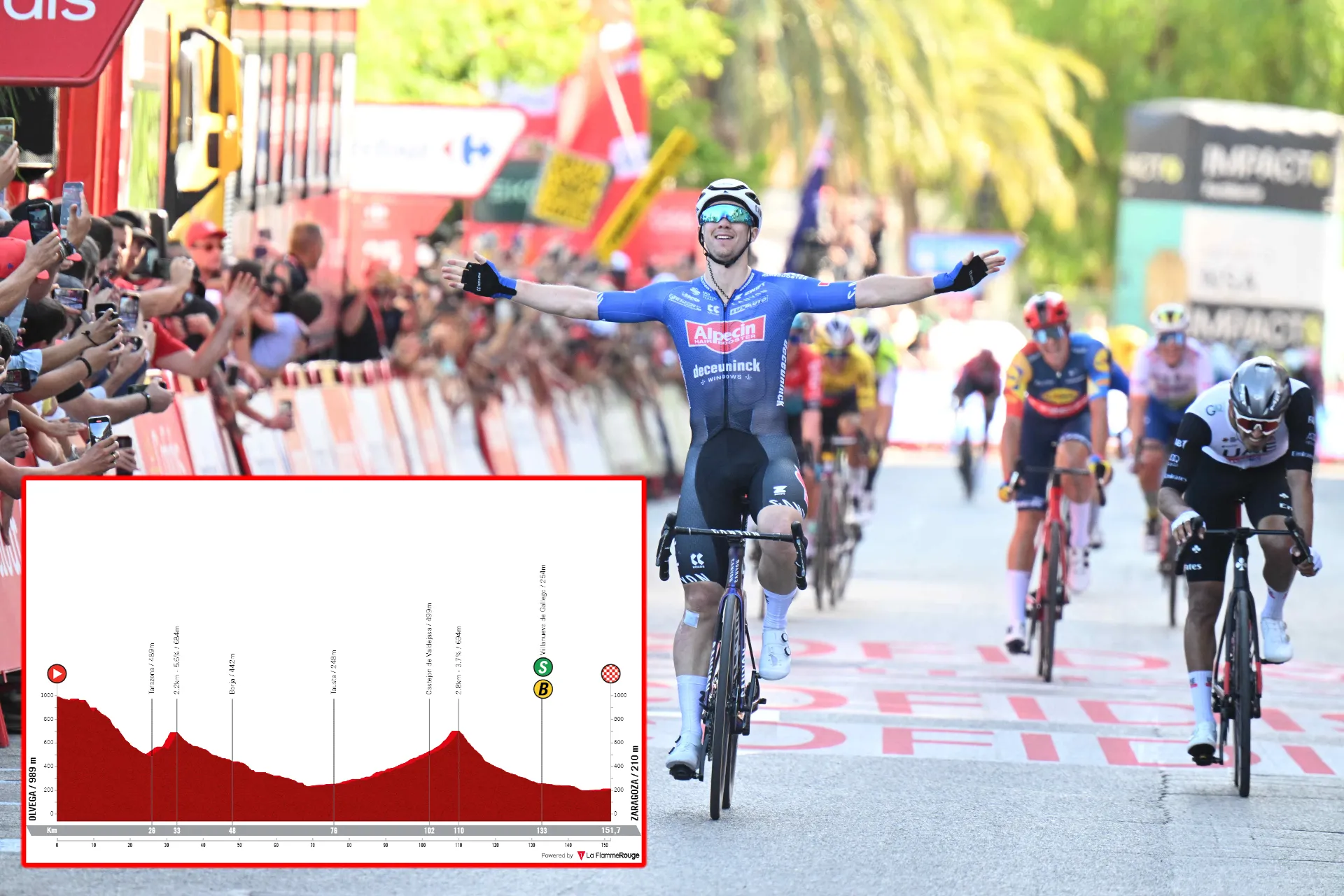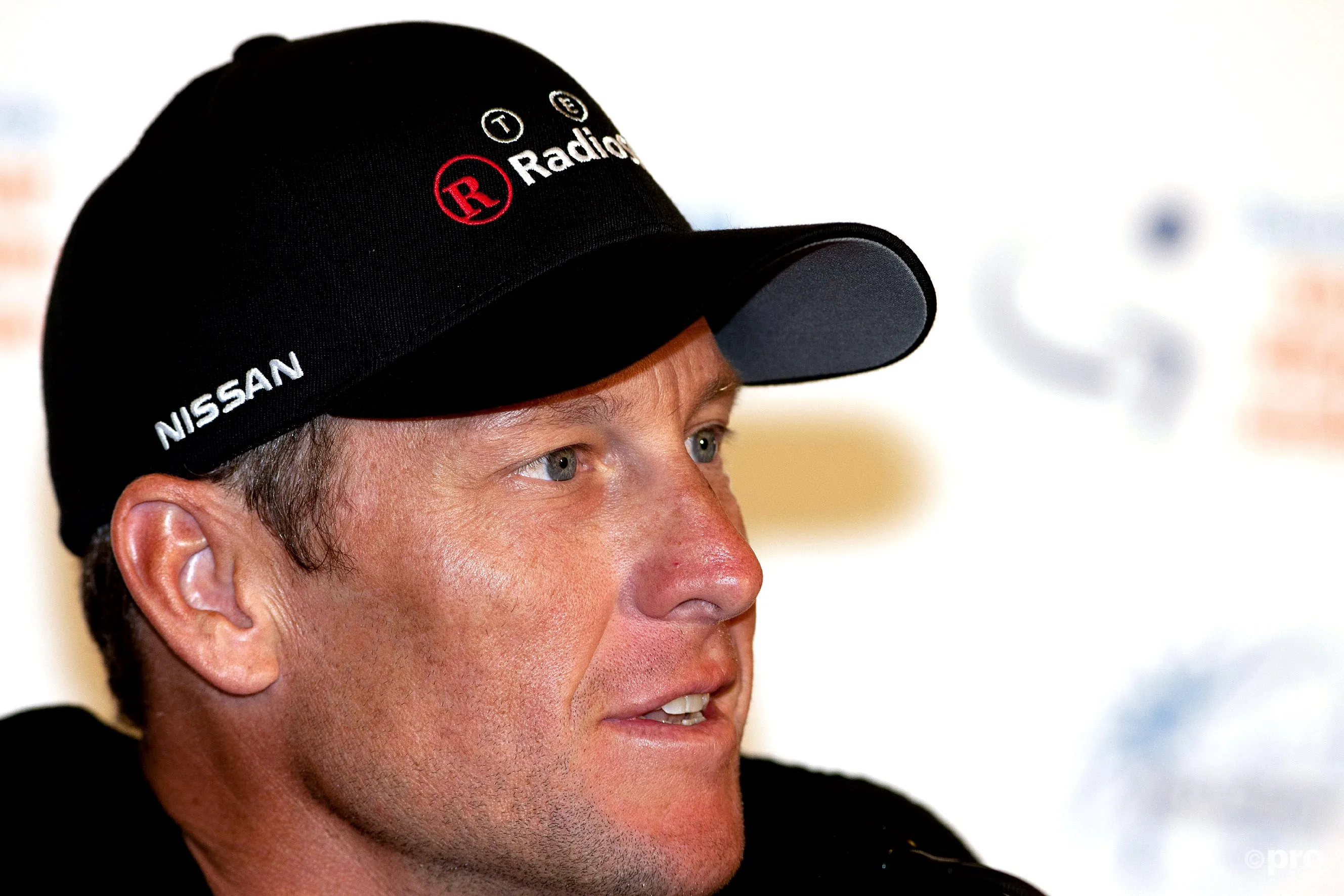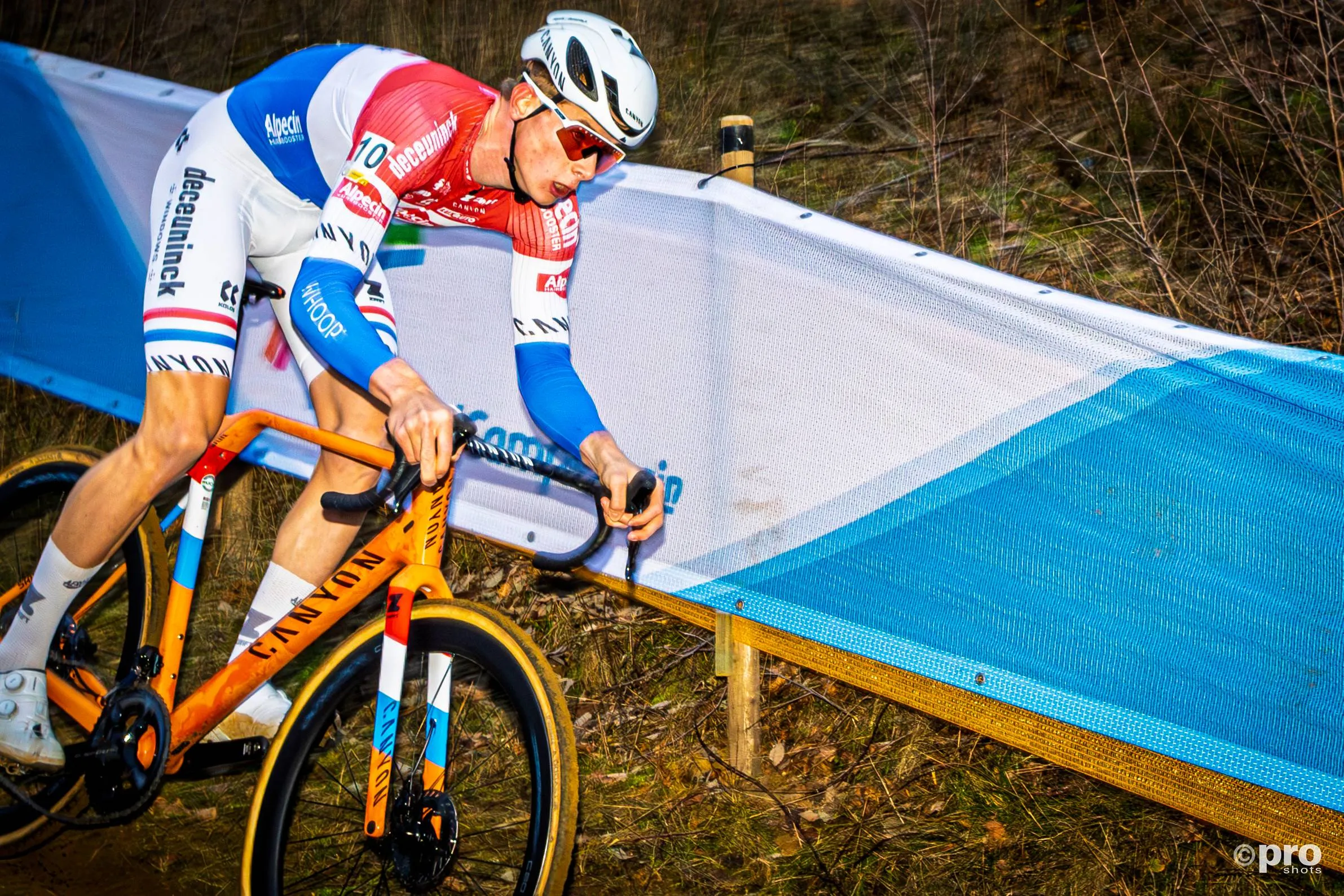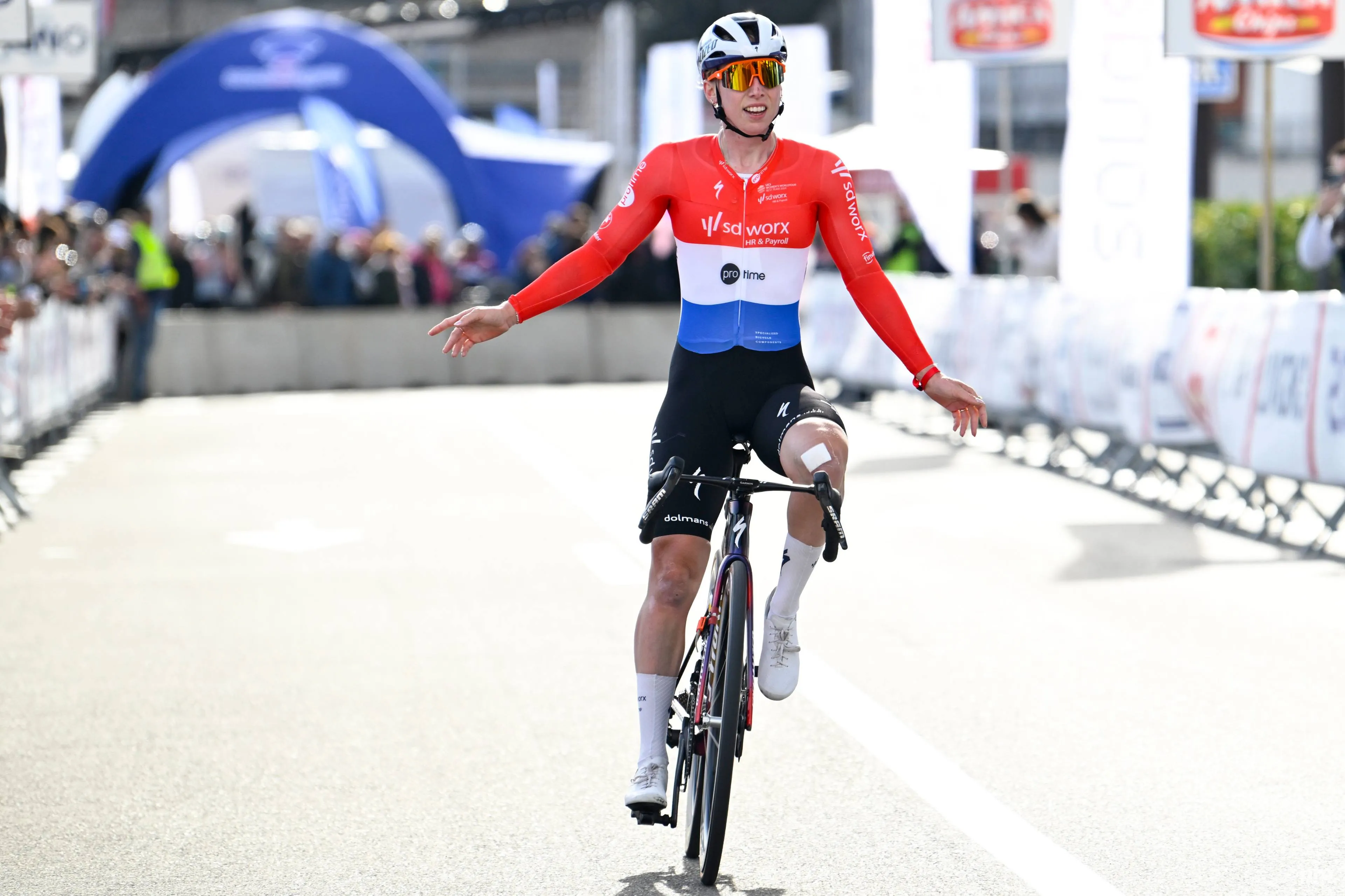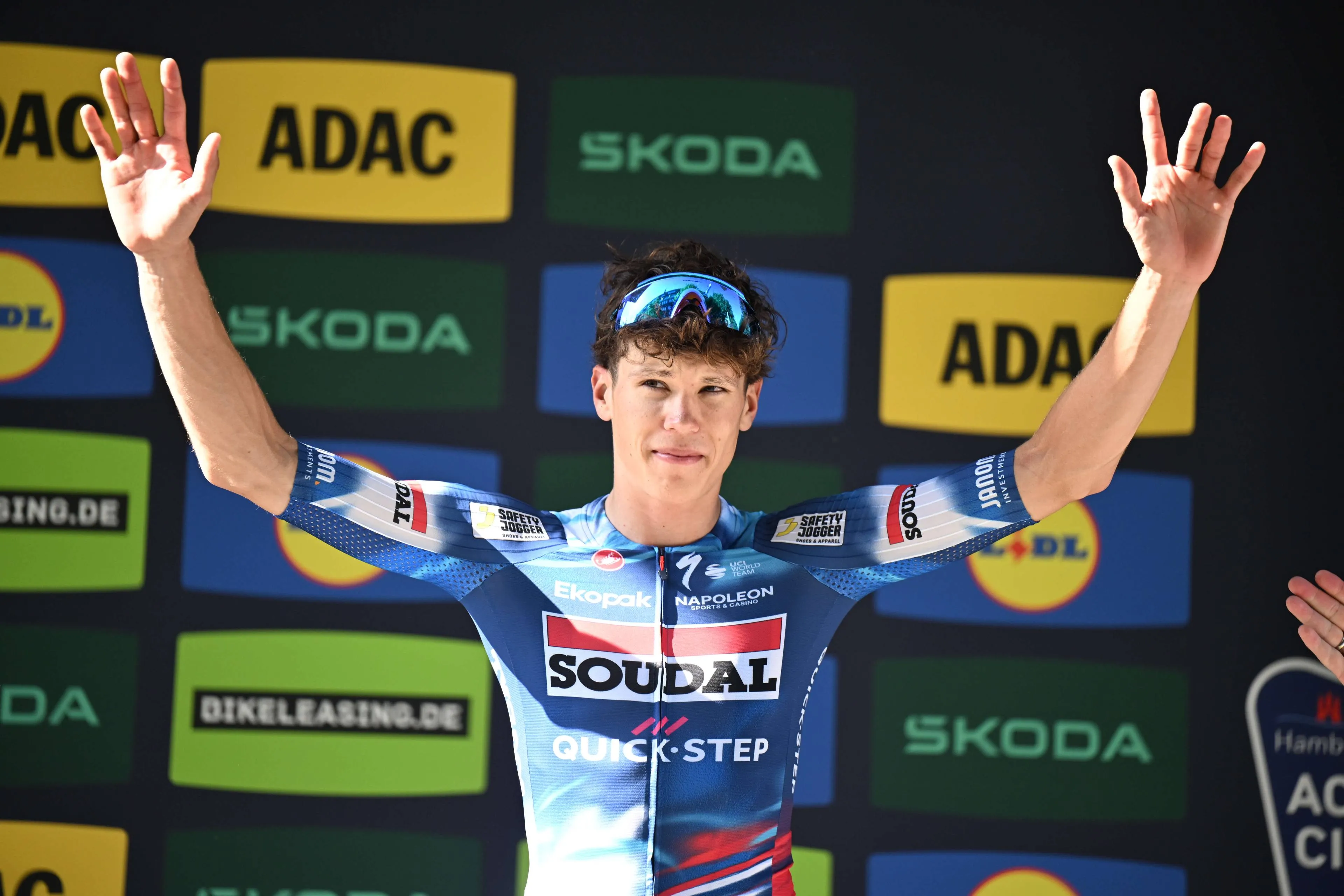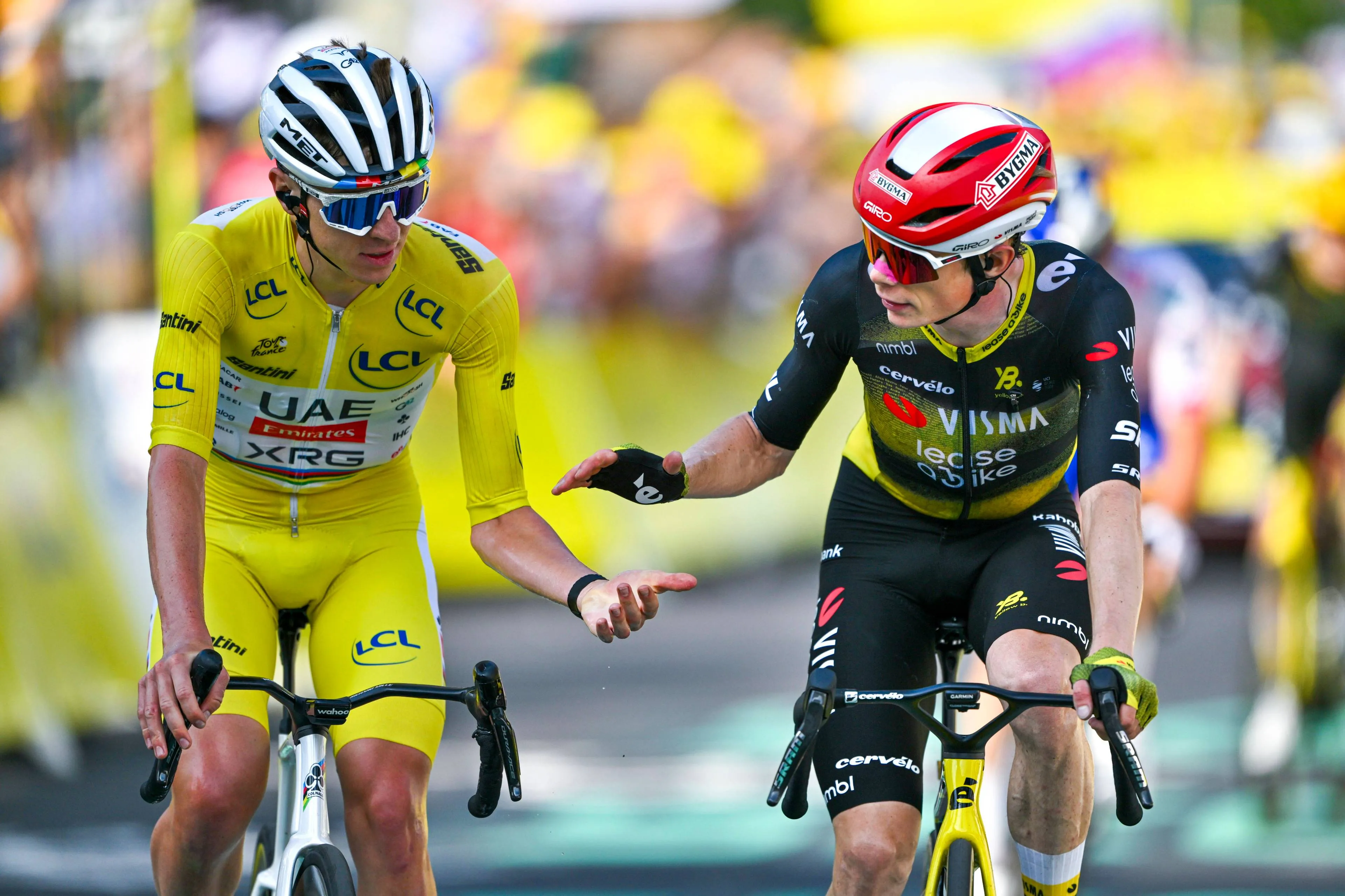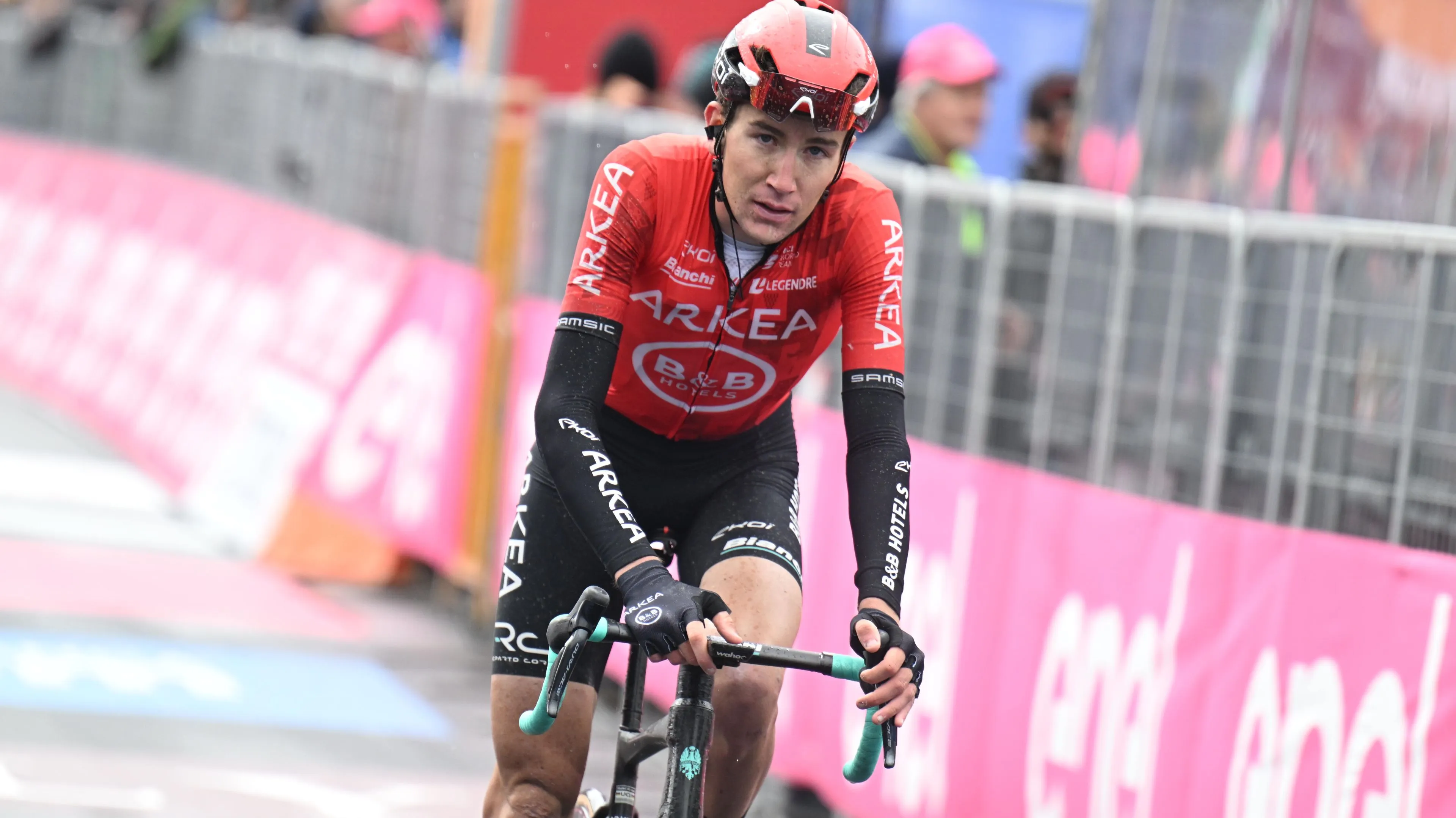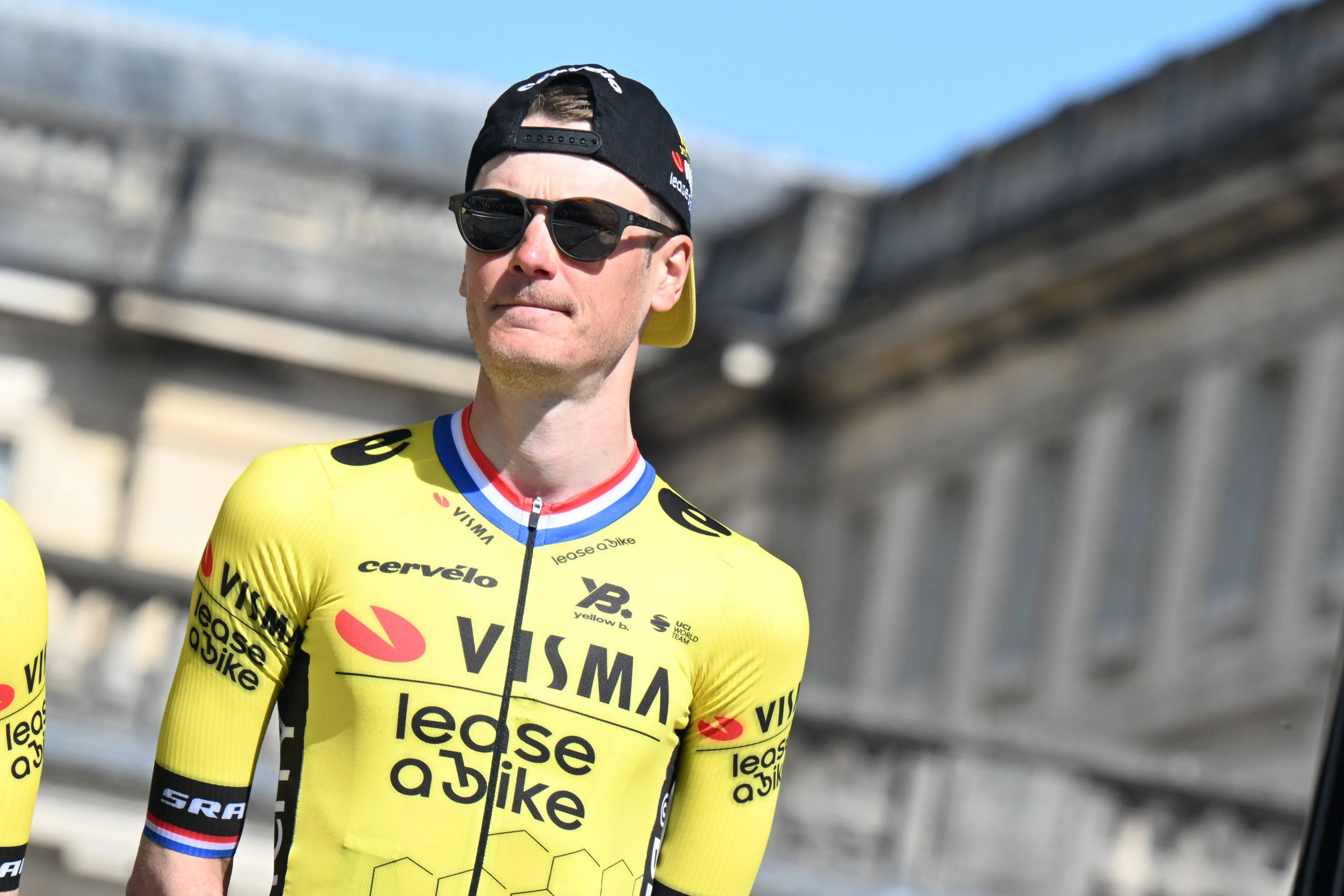Induráin describes the Larrau pass that ended his chances of winning the 96 Tour and that will be raced in the Vuelta: "It's hard even before starting to climb it"
CyclingThursday, 07 September 2023 at 15:00

After winning five consecutive Tour de France, the organizers of the Grande Boucle wanted to pay tribute to Miguel Induráin with a stage through Navarre that ended in Pamplona. On that day the Larrau pass, 'Hors Categorie', was climbed, which will also be climbed this Saturday in stage 14 of the Tour of Spain and which will finish in the Belagua pass.
The Diario de Navarra colleagues have interviewed Miguel Indurain to talk about the mythical summit where he ended up losing his chances of winning his sixth consecutive Tour de France. Interesting what the Navarrese tells about a mountain pass that will be climbed one day after the Tourmalet stage and that can end up destroying the foundations of the Vuelta a España;
Read also
FIRST CONTACT.
It was one day when I went out to train with Pruden for the Tour de France. I don't remember the year, I don't know if it was 94 or 95. One day we had to do a long lap and studying maps we saw that Larrau existed. We went down through Valcarlos and then we went up that way. The day was very long, too long (we ended up riding almost 300 km of training). We broke a wheel, got half lost and almost didn't make it to Pamplona. It so happened that I had a date with a journalist that day and it was very long, we almost didn't make it. Then the road was very bad.
PORT CHARACTERISTICS.
First of all, it's a pass that to get there, wherever you go, you always have to climb a pass, and they're all hard. And then Larrau itself is very hard even before you start. Before reaching the village there are already two kilometers that demand a lot from you, they break you and from the village to Erroymendi you have no rest. It is a very closed port, if it's hot the humidity hurts you, it seems that the bike does not advance at all because they are very hard percentages. In the curves it seems that you go, that you walk something, but when you get to the straight that leads to the most open part is where you are most punished. The views are beautiful, but in Larrau you see that you don't walk, you don't walk. The small landing allows you to recover a little, but if you are already punished, you pay for it. And the end is stark, with air against it is much harder.
Read also
THAT CLIMB IN THE 1996 TOUR.
The climb of the Soudet was the hardest for me, because that stage went out at full throttle. I suffered there, I fell off the pace and from then on we went at the same pace. You don't disconnect from the race, but you go on to something else. The day before, in Hautacam, I tried to get back into the Tour. But I wasn't pulling, Riis and the others were going very fast. I wanted to do well in the stage to Pamplona, because we were coming home and I was looking forward to it, but it went very fast and when we got to Larrau I saw that I had to climb at pace, there was nothing else. It was a hot day, with lots of people. But Larrau was not hard for me because I had no chance of anything.
THE RETURN, DIFFERENT.
It is that you had to go from there through the Abaurreas, Urroz... This year's stage in the Vuelta is different. Belagua will be hard for them with everything they've had before, and the day before. Everyone is waiting for the Tourmalet, that's what people are talking about in the Vuelta these days.
WHAT MAY HAPPEN SATURDAY ON THE RETURN.
It's something interesting, we'll have to see. Until now the Vuelta has had explosive, short passes. This is something else. Friday with the Tourmalet and the Larrau day will be different. They're tougher climbs that demand a lot more. And the stage to Pamplona, be careful, because it will be the third day in a row, and we'll have to see how people recover.
Read also
claps 0visitors 0
Just in
Popular news
Latest comments
- Usyk vs Fury- One quiet, one loudabstractengineer10-01-2026
- Are you disputing the Covid?Mistermaumau10-01-2026
- Why? Manchester U never did.Mistermaumau10-01-2026
- Rather stay in Denmark and pay taxes..that says a lot about him. Not many would do that, myself included.Santiago10-01-2026
- i prefer peace, quiet AND money !
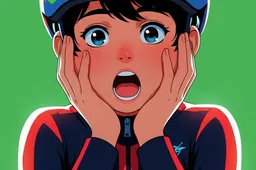 ChillingCyclist10-01-2026
ChillingCyclist10-01-2026 - I'm a big fan, and I'd really like to see him do well. But, I would also like to see him retire at the end of 2026.JoeyB10-01-2026
- Jonas has a completely different personality than Pogi. Pogi can handle the pressure on all terrains. Pogi also loves his peace and quiet. And by the way, you can have your Casio watch. I will take several of the Richard Mille watches. Pogi is charismatic and humble, and always thanks his teammates for everything they sacrifice for him. Jonas probably does the same, but is much more private. Both are great, great riders, and I can't wait for The Tour De France this year! We are going over for two weeks. Go Pogi!
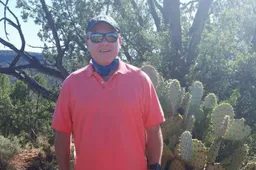 QPSQUANTUM10-01-2026
QPSQUANTUM10-01-2026 - That's a lotta cash. He better live up to potential.mobk09-01-2026
- they be stupid Ineosabstractengineer09-01-2026
- Wow, sad and unlucky indeed if he can’t even cycle recreationally as a result of this.mobk09-01-2026
Loading
🇪🇸 #LaVuelta23 Sepp Kuss 🤝 Miguel Indurain Great to see you, legend! 💛
Write a comment
